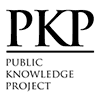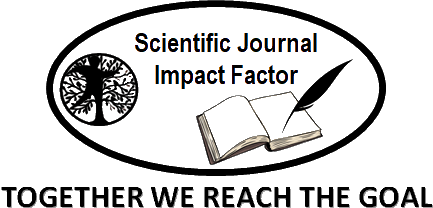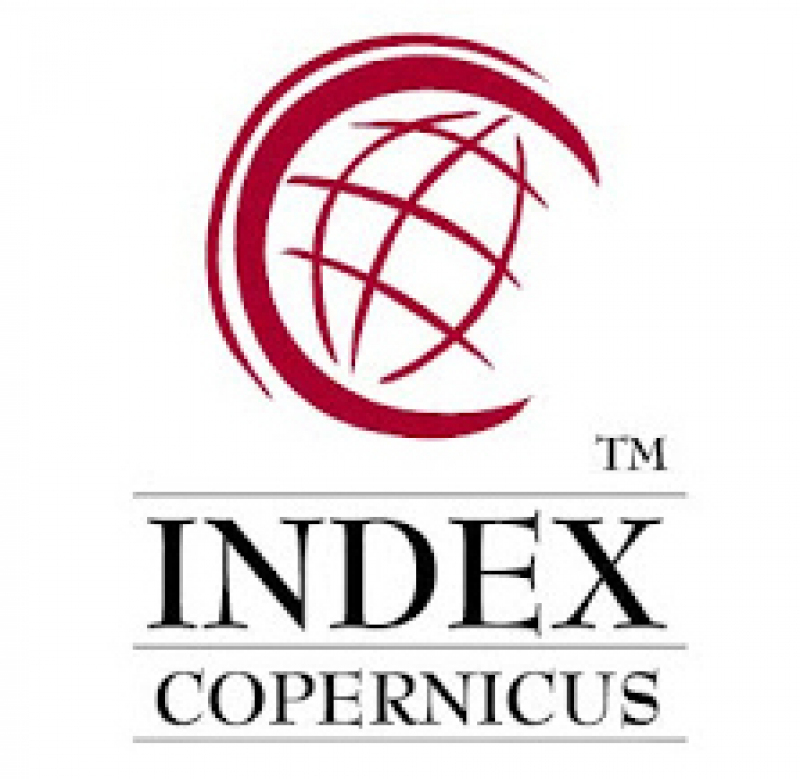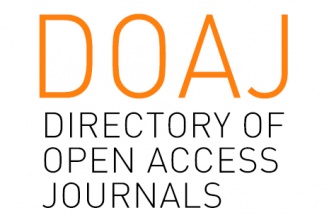The Assessment of the Alignment of Environmental Law and Other Environmental Regulations of Afghanistan in Light of the Environmental Realities in Herat City
Abstract
The aim of this research is to assess the alignment of Afghanistan's environmental law and other environmental regulations in light of the environmental realities in Herat city. The type of research is applied based on its purpose, and survey-based based on the method and data collection approach. The statistical population of this study includes all students of Herat University and employees of Herat departments, from which 158 students and 50 employees were selected as a sample size using a multi-stage (cluster and simple random) sampling method. In order to collect field data, a researcher-developed questionnaire was used, which focuses on three dimensions: knowledge, attitude, and practical behavior concerning Afghanistan's environmental law. The validity of the questionnaire was determined using construct validity, and reliability was assessed using internal consistency through Cronbach's alpha method. The results of the study indicate that the awareness and understanding (knowledge) of students and employees about environmental issues, the laws, and the institutions related to environmental regulations in Afghanistan are low. The beliefs, opinions, and interest (attitude) of students and employees toward environmental protection in Afghanistan are relatively high. The opinions of Herat University students and employees of Herat departments regarding actions and practical behaviors related to environmental protection in their living and working areas were positive, contrary to the research hypothesis.
Keywords
Full Text:
PDFReferences
Afroze, Z. & Qadeer Karyab, A. (2007). Guide to Afghanistan’s 2007 Environment Law.
Bagheri, D., Mohseni, R. A., & Mahdavi, S. M. S. (2018). Determining the attitude and knowledge of citizens' environmental behavior in the city of Gorgan (2017). Scientific Journal of Golestan University of Medical Sciences, 20(4), 6-18.
Meshkhedi, A. (2014). Collection of environmental laws and regulations in the oil industry (1st ed.). Khoshandi Publications.
Niazi, A. S., Amiri, M. J., & Nasrabadi, T. (2022). Examining and evaluating the environmental literacy of stakeholders regarding the preservation and restoration of forests in Afghanistan (Case study: Laghman Province). Journal of Forest and Rangeland Protection and Conservation Research, 20(1), 96-116.
Bilal Ahmad Bhat, Nazia Fayaz Azad, Iqra Firdous, Sidrat Ul-Muntaha Anees, Samira Khan, Zeenat Islam, Uzma Nazir, Qazi Nusrat, Arshi Rafiq, Mohammad Inam Bhat, & Intizar Ahmad. (2024). An Empirical Study on Environmental Laws Awareness Among College Students of Kashmir Valley. ENGAGEMENT: Jurnal Pengabdian Masyarakat, 3(3), 111–125.
Buis A. (2019). A Degree of Concern: Why Global Temperatures Matter. http://www.ipcc.ch/sr15/.
Chu, E.W. & Karr, J.R. (2017). Environmental impact: Concept, consequences, measurement. In Reference Module in Life Sciences. Elsevier.
Clarke, B., Otto, F., Stuart-Smith, R., & Harrington, L. (2022). Extreme weather impacts of climate change: an attribution perspective. Environmental Research: Climate, 1(1), 012001. https://doi.org/10.1088/2752- 5295/ac6e7d.
El-Mallah, R.K.E.-D., Aref, A. A. el H., & Sherif, S. (2019). The role of social responsibility in protecting the environment – a case of the petrochemical companies in Alexandria Governorate. Review of Economics and Political Science. https://doi.org/10.1108/reps-04-2019-0052
Fallah Shayan, N., Mohabbati-Kalejahi, N., Alavi, S., & Zahed, M. A. (2022). Sustainable Development Goals (SDGs) as a framework for corporate Social Responsibility (CSR). Sustainability, 14(3), 1222. https://doi.org/10.3390/su14031222.
https://ofoghandisha.com
Kousar, S., Afzal, M., Ahmed, F., & Bojnec, Š. (2022). Environmental awareness and air quality: The mediating role of environmental protective behaviors. Sustainability, 14(6), 3138. https://doi.org/10.3390/su14063138
Lincoln, S., Andrews, B., Birchenough, S. N. R., Chowdhury, P., Engelhard, G. H., Harrod, O., Pinnegar, J. K., & Townhill, B. L. (2022). Marine litter and climate change: Inextricably connected threats to the world’s oceans. The Science of the Total Environment, 837(155709), 155709. https://doi.org/10.1016/j.scitotenv.2022.155709
Rahmani, H., Wafa, W., Mazloum, Y., Fayaz, G. (2021). The Importance of Public Awareness in Environmental Protection: A Case Study in Paktika, Afghanistan. Nature Environment and Pollution Technology, 20(4), 1621-1626. https://doi.org/10.46488/NEPT.2021.v20i04.024
Sivamoorthy M, Nalini R and Kumar CS (2013). Environmental Awareness and Practices among University Students. International Journal of Humanities and Social Science Invention 2(8) 11-15 ISSN (Online): 2319–7722, ISSN (Print): 2319–7714.
Sorqvist, P., & Langeborg, L. (2019). Why people harm the environment although they try to treat it well: An evolutionary-cognitive perspective on climate compensation. Frontiers in Psychology, 10. https://doi.org/10.3389/fpsyg.2019.00348
Stern, N., Stiglitz, J. (2023). Climate change and growth. Industrial and Corporate Change, 32(2), 277–303. https://doi.org/10.1093/icc/dtad008
Yue, B., Sheng, G., She, S., & Xu, J. (2020). Impact of consumer environmental responsibility on green consumption behavior in China: The role of environmental concern and price sensitivity. Sustainability, 12(5), 2074. https://doi.org/10.3390/su12052074
DOI: http://dx.doi.org/10.18415/ijmmu.v12i9.7169
Refbacks
- There are currently no refbacks.
Copyright (c) 2025 International Journal of Multicultural and Multireligious Understanding

This work is licensed under a Creative Commons Attribution-NonCommercial-NoDerivatives 4.0 International License.
https://ijmmu.com
editor@ijmmu.com
facebook.com/ijmmu
Copyright © 2014-2018 IJMMU. All rights reserved.



































